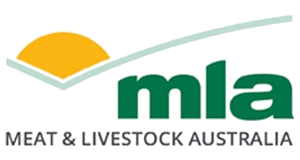Sampling and test protocols
| Project start date: | 01 January 1995 |
| Project end date: | 01 December 1997 |
| Publication date: | 01 December 1997 |
| Project status: | Completed |
|
Download Report
(0.8 MB)
|
Summary
This project addressed key issues in the adoption of the USDA FSIS MegaRegs sampling method. In addition a Food Microbiology Information Service was established for the Australian Meat Industry.
In order to effectively validate and verify HACCP protocols that are implemented in meat processing establishments, sampling and testing procedures must be identified that are robust, practical, accurate and reproducible, and that can be adopted uniformly across the Australian meat industry.
In particular, it is essential that sampling techniques provide an accurate representation of the level of microbial contamination on product at critical points during processing, and that testing methods accurately record bacterial numbers. This requires that sampling and testing techniques are effectively evaluated, and the findings disseminated to industry, to promote uniform analysis of microbial contamination at all levels of the industry.
The major findings of this report are:
the elimination of the rump site from sampling will result in reduced numbers of carcasses falling in the "warning" or "fail" limits of the MegaRegs plan
sponge sampling recovers less E coli than excision
Petrifilm TM method is similar to the MPN method for enumeration of E coli from sponge samples
recovery of E coli from sponges does not vary over 24 hours
the sponge and diluent do not influence recovery of E coli
the sponge does not trap bacteria
there can be considerable variation in recovery of E coli from carcasses by the sponge method from operator to operator.
The recommendations to industry are:
sponge sampling of 3 site with Petrifilm TM enumeration of E coli be used
samplers in the abatoirs be trained and audited on a regular basis
sponges may be stored up to 24 h at 4°C prior to sampling
More information
| Project manager: | Graeme Yardy |
| Primary researcher: | Victorian Institute of Animal Science |


